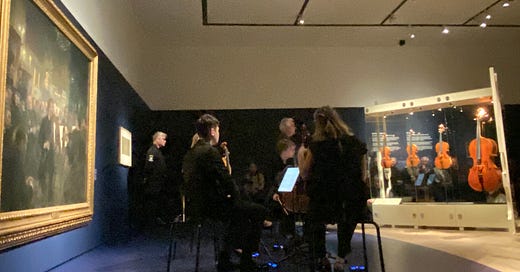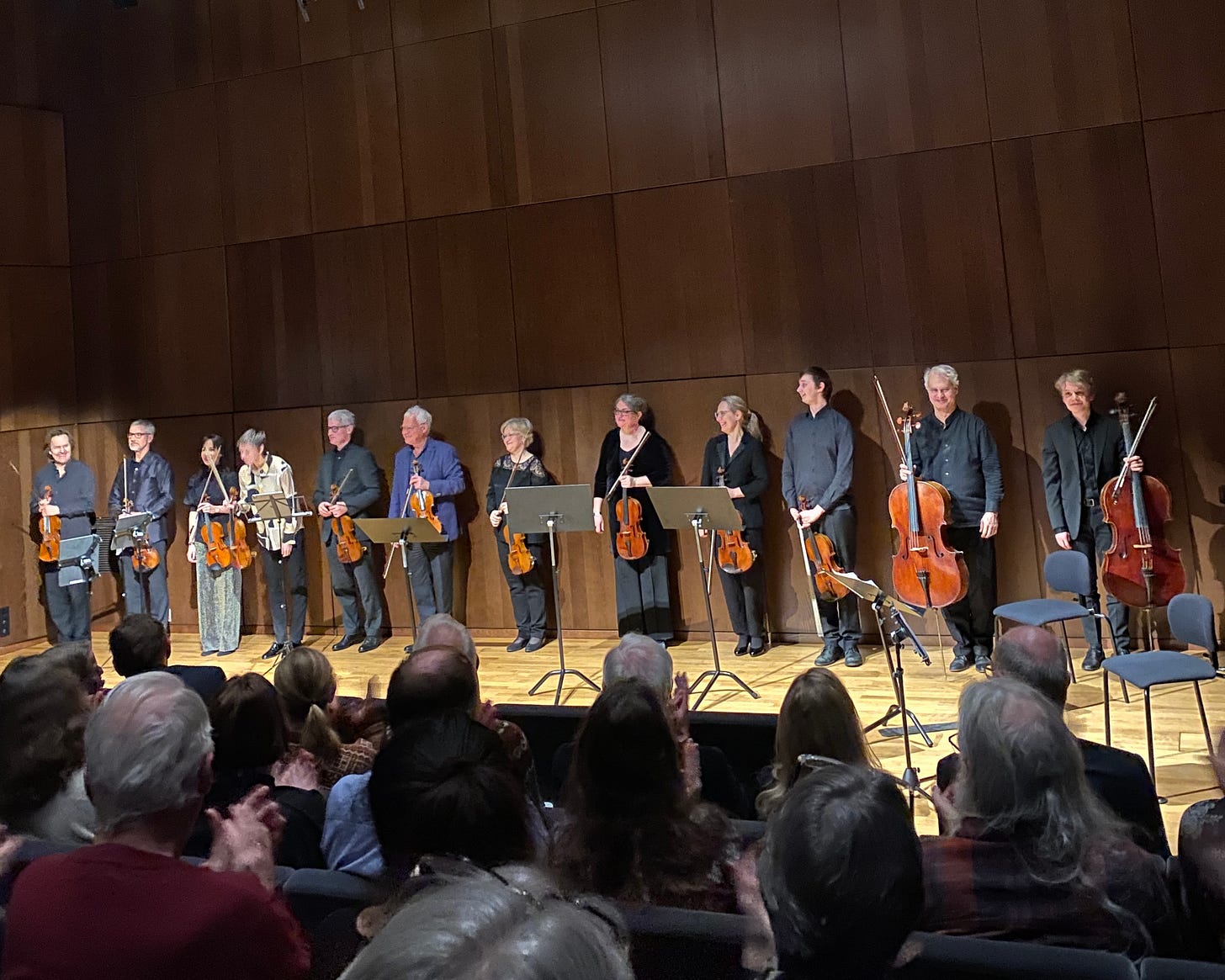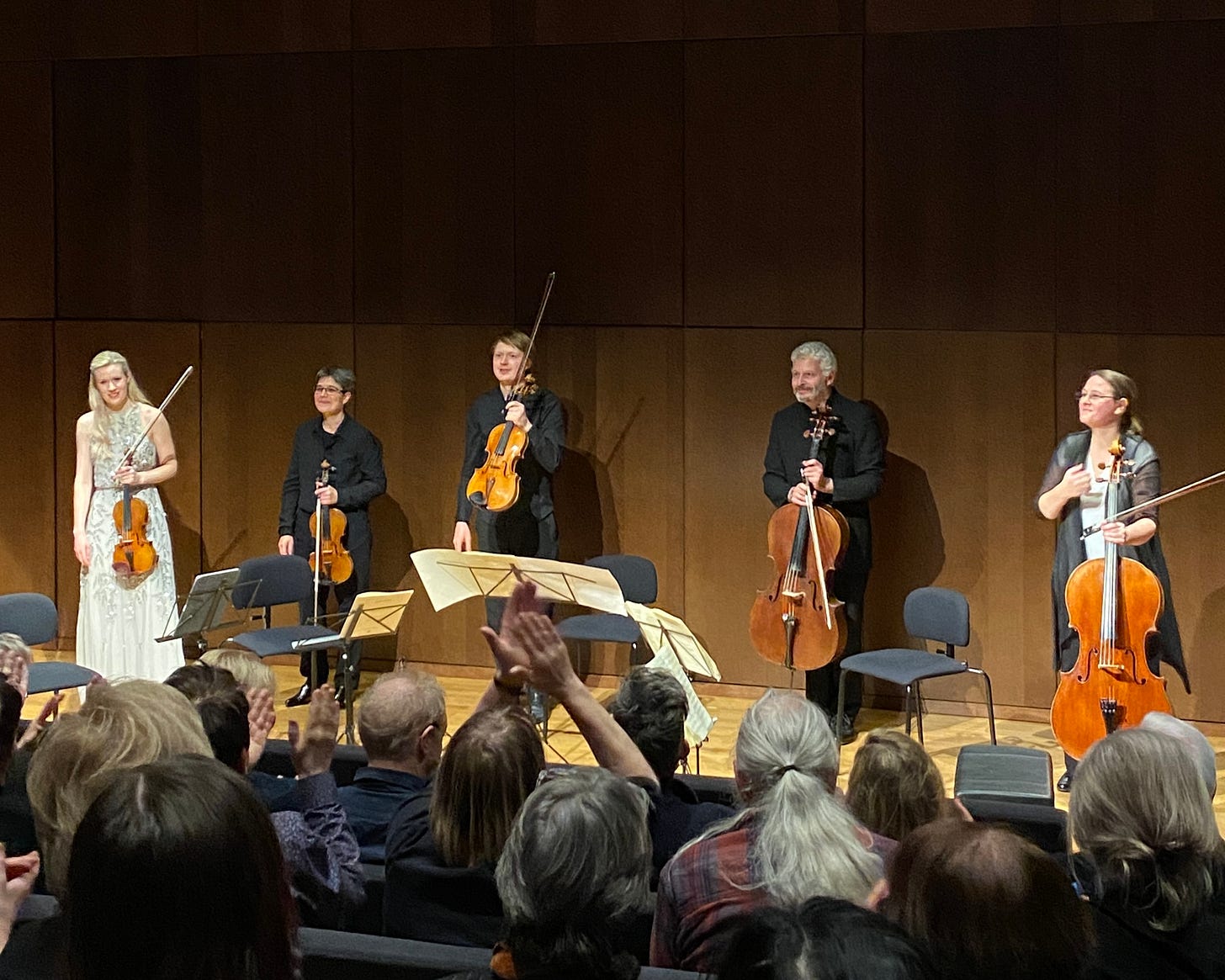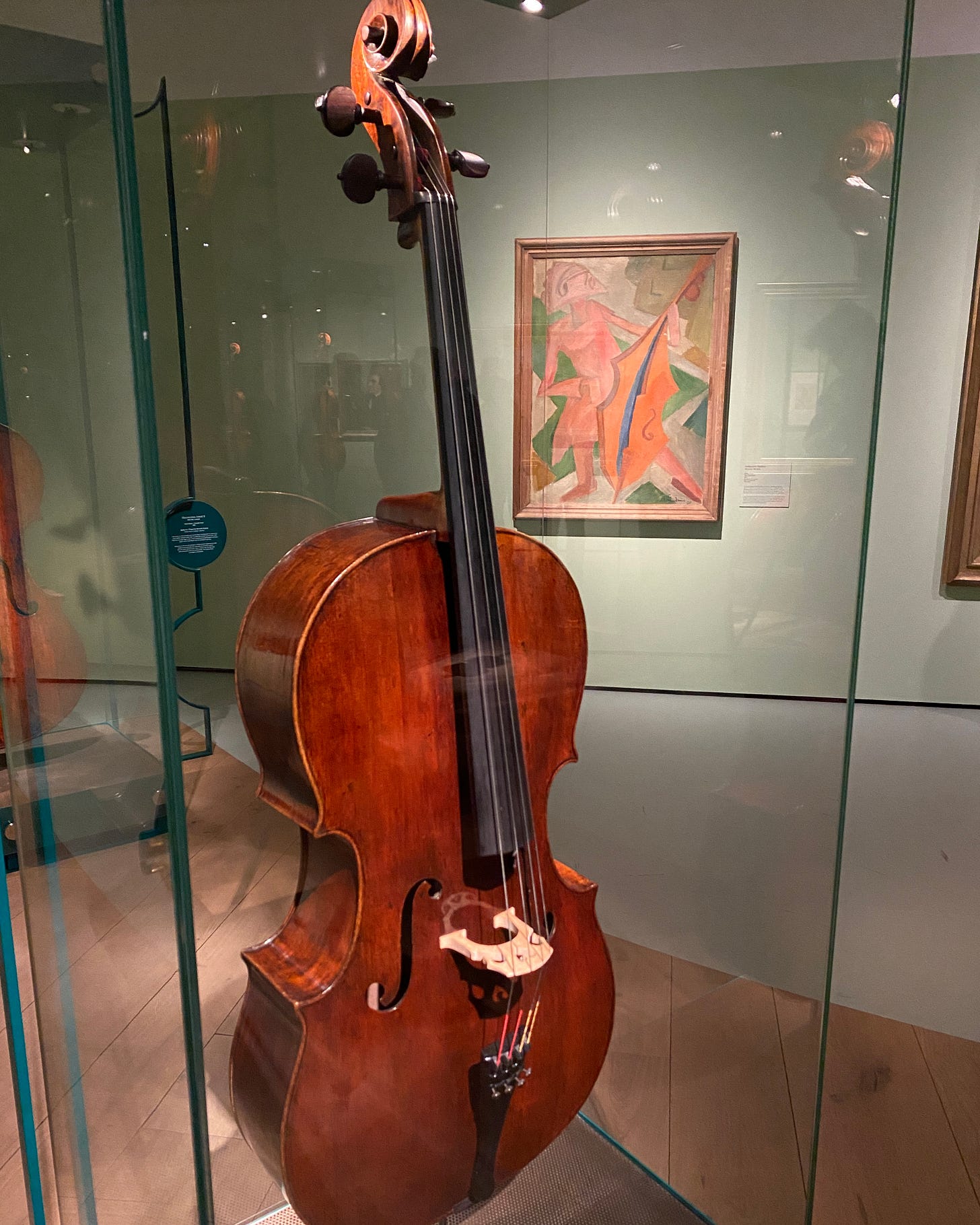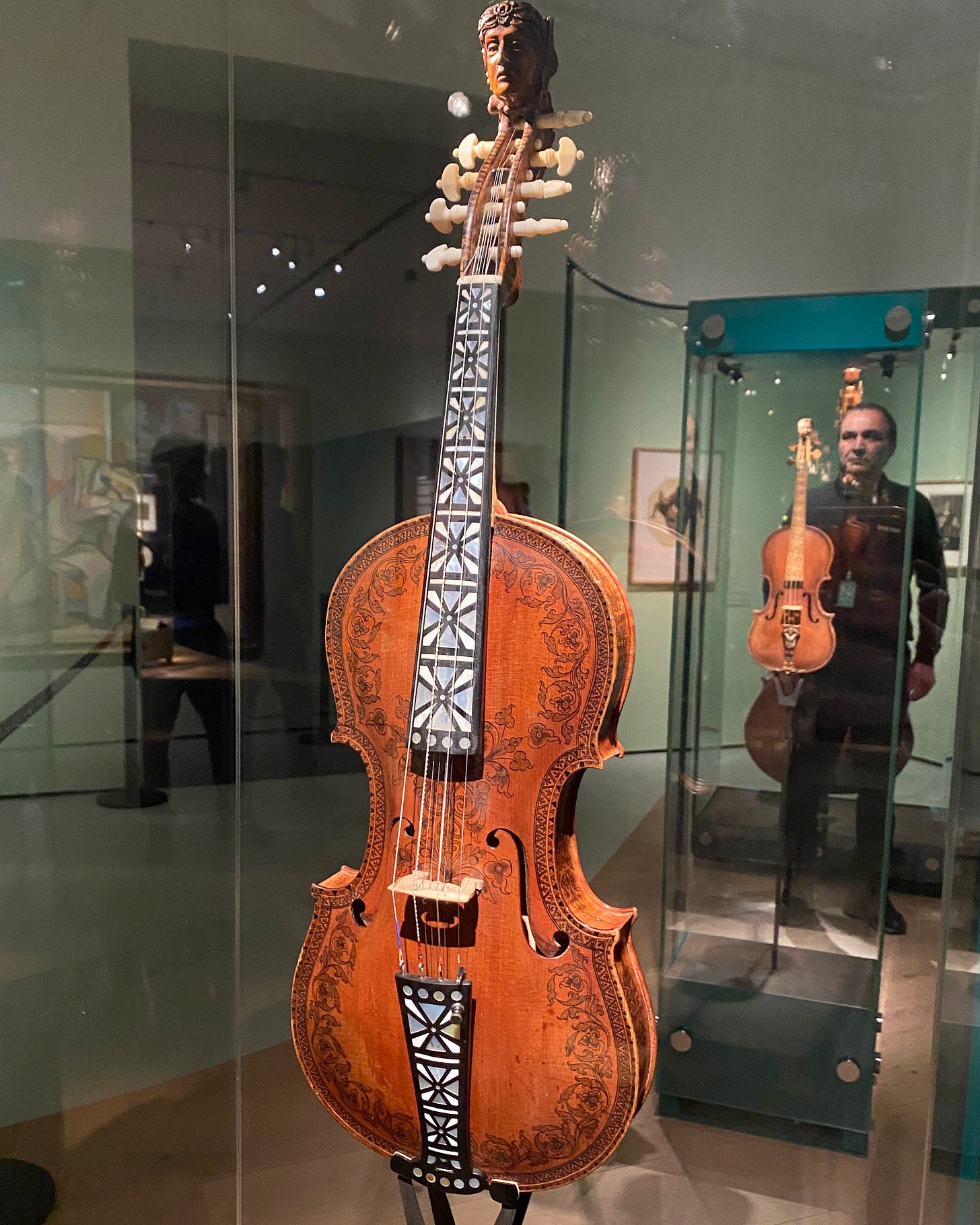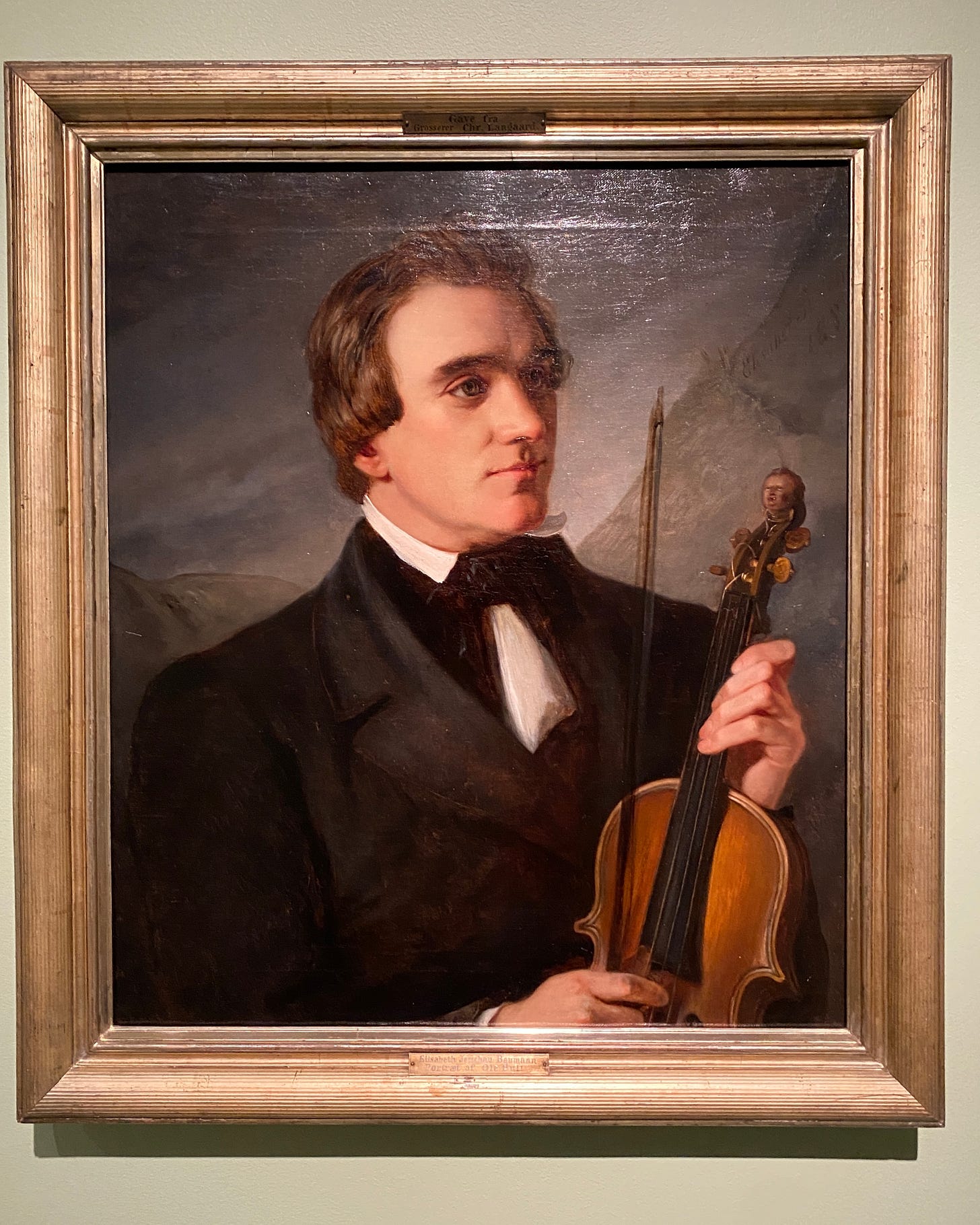Money can buy you love
A visit to Oslo for Dextra Musica's Master to Master exhibition left me feeling envious of the Norwegian culture of philanthropy and the very real difference it makes
What would you do if you had all the money in the world? I like to think that once I’d cured poverty and disease (and had a few nice holidays) I’d pump the rest into classical music and sharing its many benefits.
Norway’s DNB Savings Bank Foundation doesn’t have all the money in the world, but it has a lot, and it’s doing just that. The foundation has spent more than NOK 8bn (more than £6bn) on philanthropy since it was founded in 2002 and in 2005 it created Dextra Musica to collect the finest stringed instruments in the world for Norwegian musicians to play.
Dextra now owns 121 instruments and from 4 to 19 February, many of these 300-year-old Italian cousins were brought together for a family reunion at Master to Master, in the impressive new National Museum in Oslo. The busy schedule offered an exhibition, several daily concerts, walks, talks, children’s events and a three-day Violin Symposium, which I was invited to chair.
One of the key creative drives behind the event was to explore and enjoy the connections between music and art. Classic violins and native Hardanger fiddles were juxtaposed with music-themed paintings by Norwegian artists, most taken from the foundation’s art collection, Dextra Artes.
This was not a silent assembly, though – the whole museum rang with music several times a day, with young players performing among the paintings and instruments, including, most appropriately, Peder Severin Krøyer’s painting of the Neruda Quartet in concert. (This audio-visual layering is part of the wider philosophy of the new museum, with each room having its own soundscape to contextualise the carefully curated content.)
Audiences crammed eagerly into every space to listen, at a safe distance from the main cases, which showed off four quartets by the Stradivari, Gofriller, Guadagnini and Guarneri families, many owned by Dextra. To have one of these quartets on display would be fortunate, but to be able to bask in the golden glow of four was almost overwhelming, especially with their celebrity players including Jacqueline du Pré and Guilhermina Suggia.
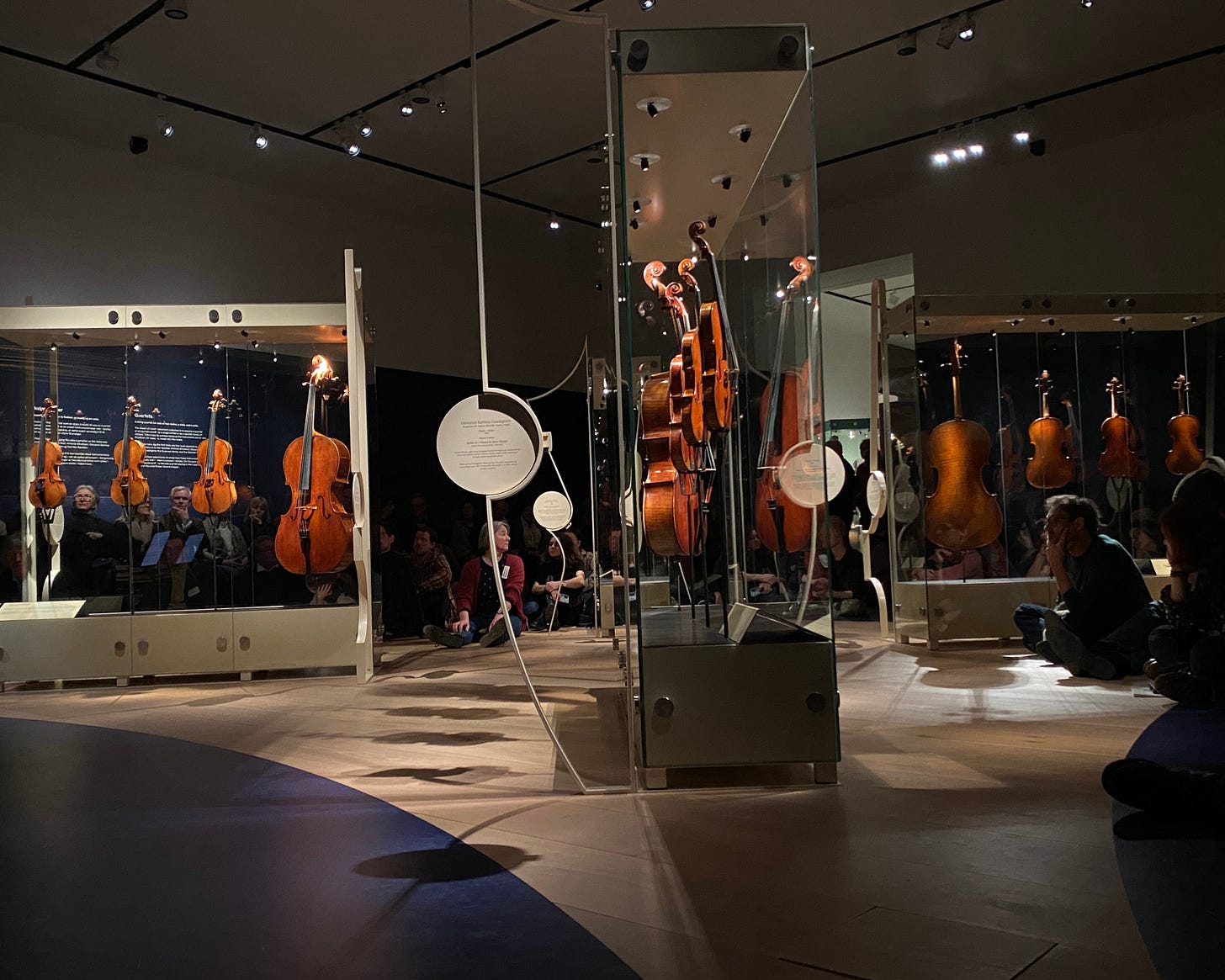
During the day, cases would be emptied in a military procedure involving conservators, luthiers and somewhat officious security guards (this is the museum where the Scream was famously stolen in 1994, after all) to relay the instruments back to their players for the evening concerts in the museum’s auditorium.
There’s nothing particularly new about banks and individuals investing in instruments. It often entails buying a Strad and locking it up only to be played twice a year, or offering it to a player with conditions and insurance attached while waiting for a good time to sell, leaving the player bereft. What is unusual about the instruments in Dextra’s collection is that they stay in the hands of their players 360 days of the year, the other 5 committed to the service of the community. Insurance and maintenance costs are covered and as they are non-profit investments, the instruments are not likely to be sold.
The question of who gets to play history’s best violins seems to me a unique moral conundrum. These instruments hold various meanings – as history, art, craft, engineering and music tools all rolled into one. It’s hard to think of any other objects that function in these multiple ways. They are sometimes at odds, though. On one hand, it is sad if a beautiful old instrument can’t fulfil its function of creating music – the pure but silent ‘Messiah’ Stradivari at the Ashmolean is a symbol of impotence. On the other, playing an old instrument risks the history it bears and its future, whether through accident or the daily wear of temperature, sweat and friction.
So who should get to play these old instruments? The richest? Most famous? Best? Most careful? The foundation’s solution seems typically fair and meritocratic. Soloists and orchestral principals play the finest instruments while the good ones are played by up-and-coming players. With canny vision, Dextra is also collecting instruments by some of today’s leading makers, which are given to conservatoire students to break in and find their own sound.
There is a certain amount of subjectivity and mythology to instrument sound, anyway – not all old Italian instruments sound great and people are more likely to like a violin if they see ‘Strad’ in the programme. But also, there isn’t. The due diligence Dextra does on provenance, condition and sound ensures their instruments are the finest examples, and you could hear the quality. Their extensive Rolodex of great instruments also afforded the luxury of hearing whole families of instruments – Tchaikovsky’s Souvenir de Florence on Guadagninis, a Schubert quintet on Strads, a Dvořák quintet on Guarneris.
It’s hard to overstate how extraordinary this kind of assembly is. For the luthiers gathered for the symposium it was a form of nirvana. Poring over these instruments in a case with a mobile phone light is one thing, but to correlate what they see with what they hear is the missing link of violin making, and there was plenty of excited chat in the intervals about what we heard. The Strads sounded sweet, round, deep and direct; the Guarneris a little darker and grittier; the Guadagninis maybe less coloured and the Gofrillers slightly more raw.
This is the kind of knowledge that may well improve the violins of the future – especially for the young Norwegian luthiers who had been invited to the symposium. The symposium itself offered three packed days of insights from the world’s leading violin experts, ranging from the history of lutherie and stories of specific makers to the latest research into Cremonese varnish and dendrochronology.
Aside from the instruments, what struck me in every performance was the sheer quality and consistency of the playing, whether at senior or student level. I didn’t hear a single note that wasn’t beautifully coloured, a phrase that wasn’t carefully shaped, ensemble that wasn’t attentive or balance that wasn’t perfectly gauged. Whatever the Barratt Due Institute of Music and Norwegian Academy of Music are doing, they’re doing it remarkably well. And I can’t prove that the money Dextra invests in instruments makes musicians play better, but I’ll wager that having such tools at their disposal – alongside good teaching – inspires them to do better.
Of the 100 events and 200 concerts alongside the exhibition, many were for children – there was even a gingerbread violin making challenge in the run up. This inclusivity is not surprising when you read the foundation’s goals for the arts, which include ‘enabling creative expressions at all levels, attracting new types of audience and strengthening the arenas where the public meets the art’. It funds a whole programme of concerts, summer schools, local choirs, marching bands and youth orchestras at every level, supervised by the Dextra board. It even runs a cultural centre in Oslo, Sentralen, on the premises of the old Cristiana Sparebank, with five floors of performance spaces and offices for cultural entrepreneurs, where it holds concerts.
This is trickledown economics in action and serves as a lesson in how to make classical music a natural and healthy part of everyone’s lives, while also promoting excellence. Maybe it’s unique to Norway, whose banks have a long-held tradition of philanthropic giving and where classical and folk seem to sit side-by-side (as they did in the exhibition), avoiding specious arguments about the cultural elitism of classical music. As funding and political support for music education in the UK evaporates while the five main banks report record profits of £37bn, it’s certainly hard not to look on with grim envy.
To conflate sayings, money equals power and with power comes responsibility. It seems that Dextra knows how to wield all three – with vision, imagination, integrity and generosity. In the UK, maybe we can hope that Mr Barclay or Ms Lloyd is reading and dreams of creating their own cultural impact, and – when it comes to classical music – love.
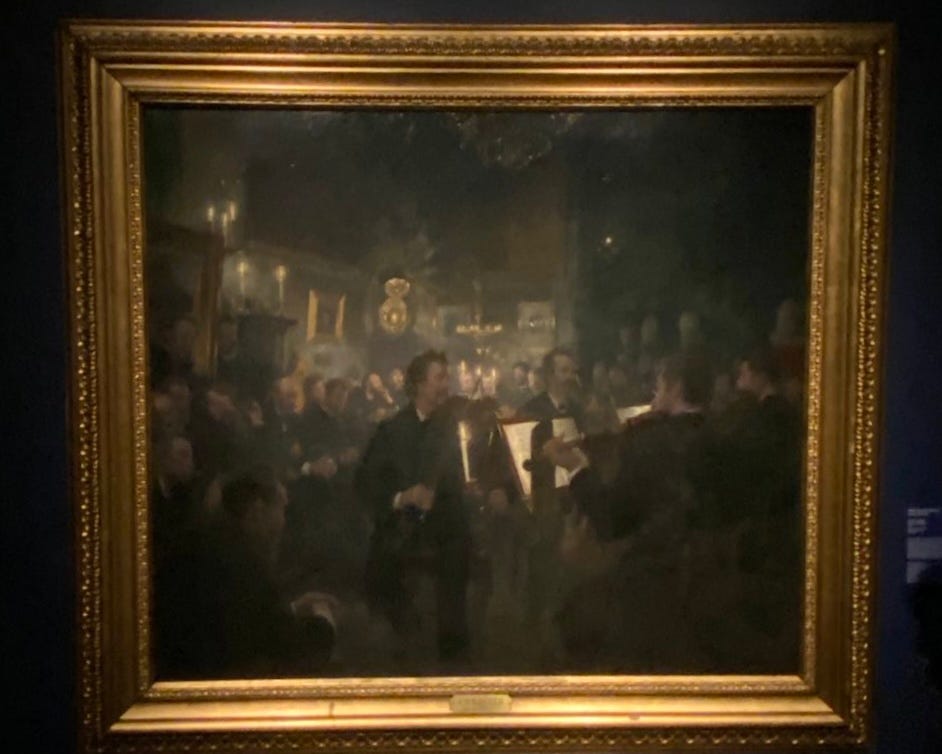
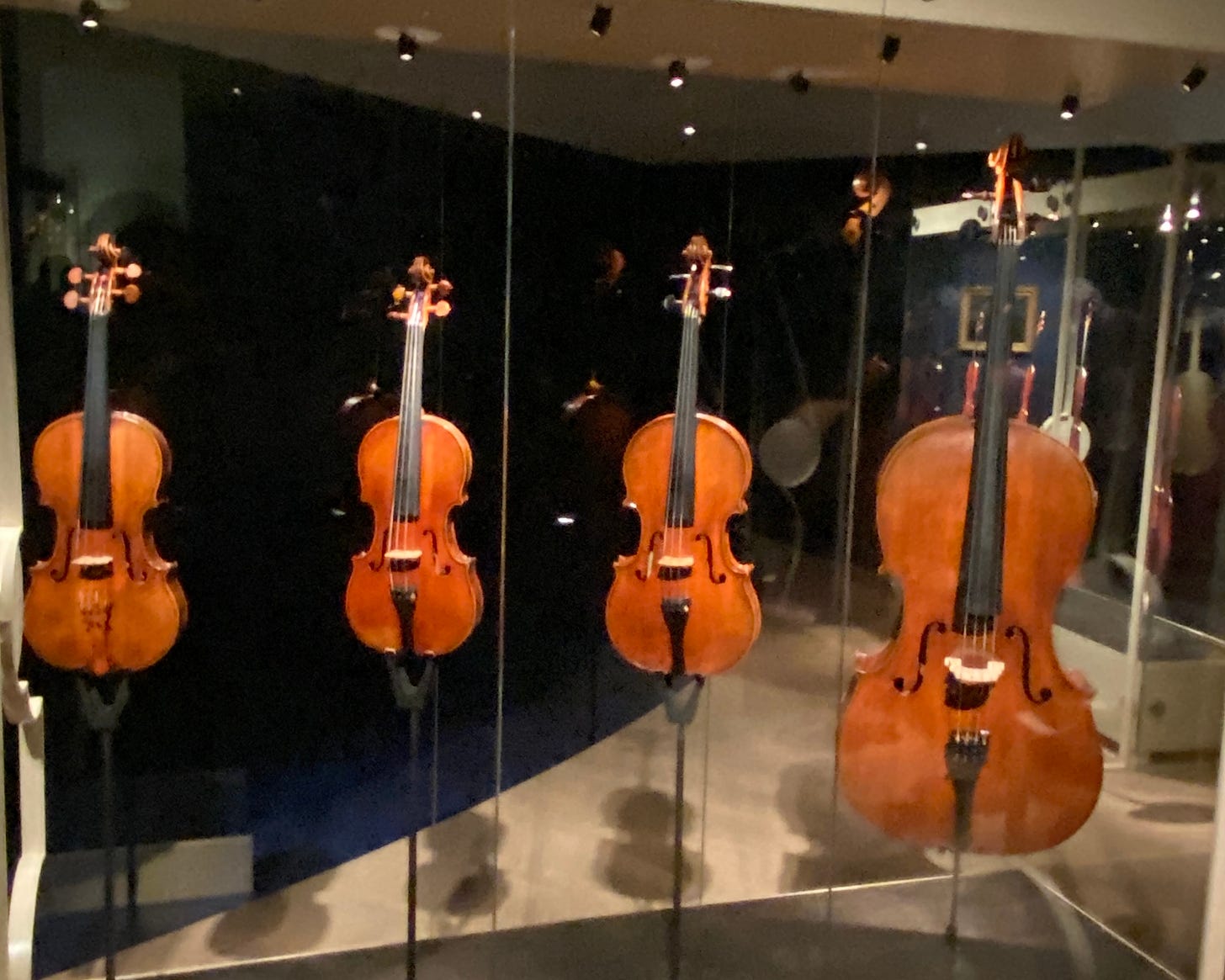
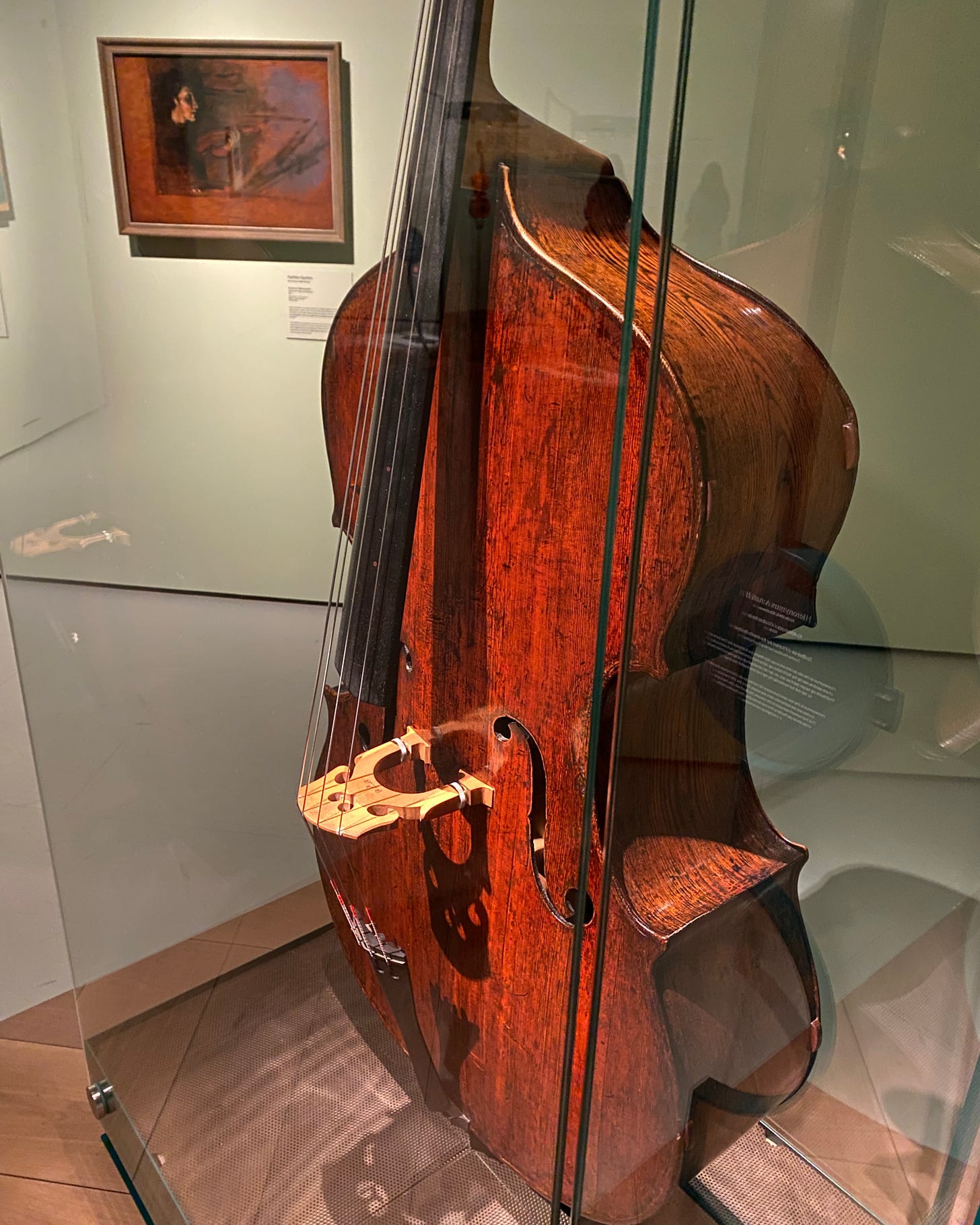
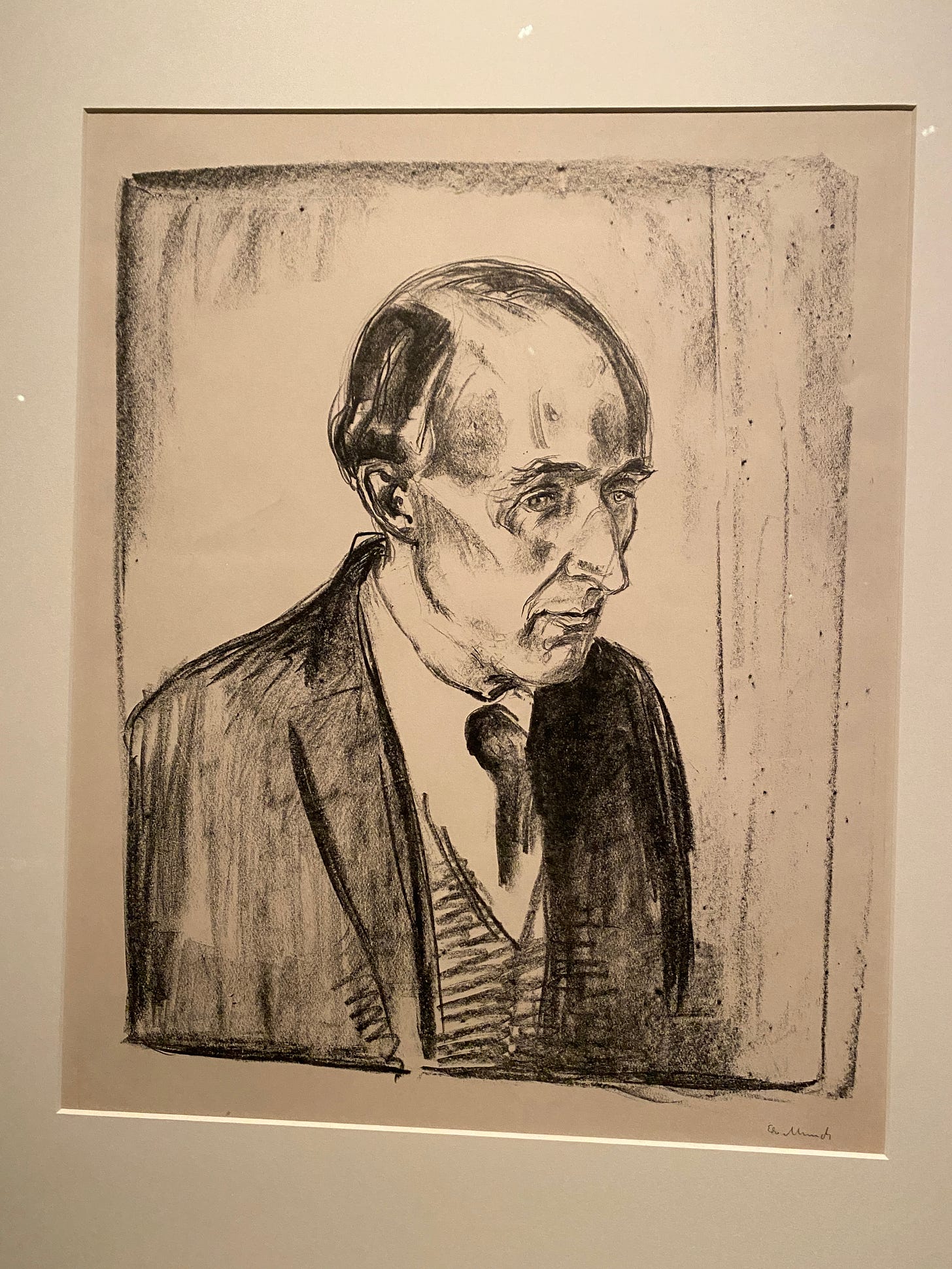
My visit to Oslo was paid for by Dextra Music.

